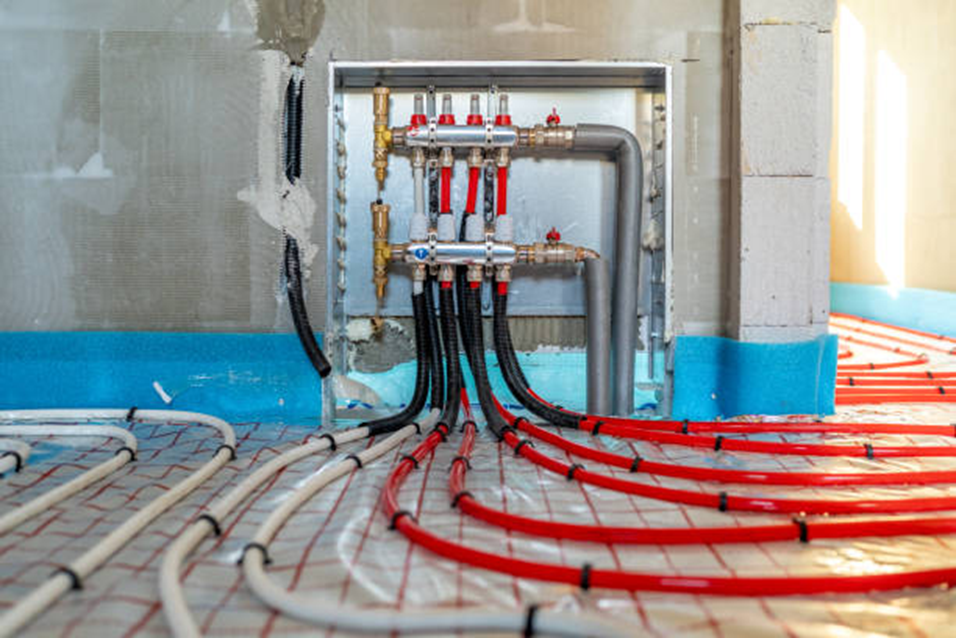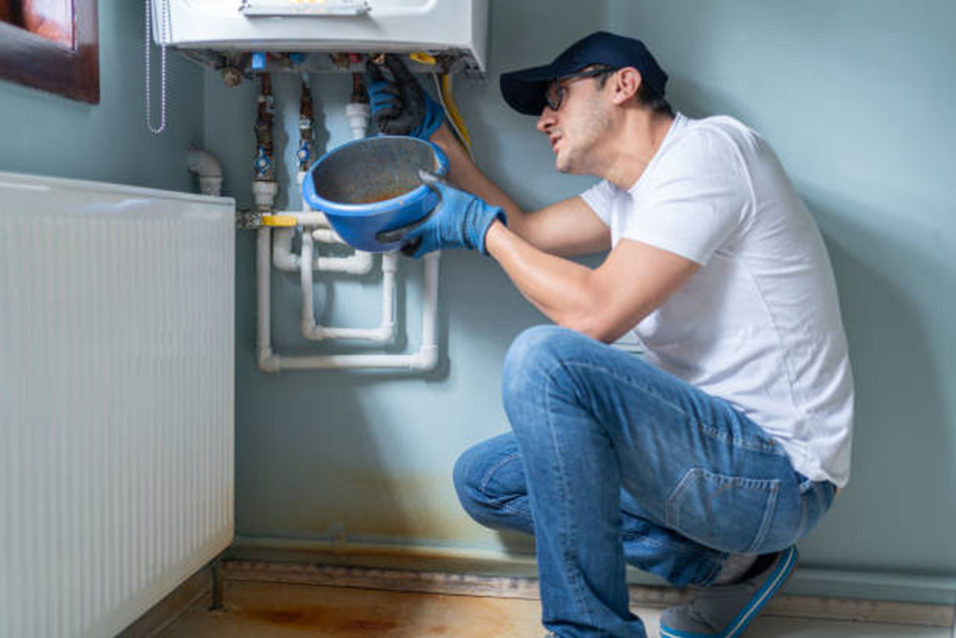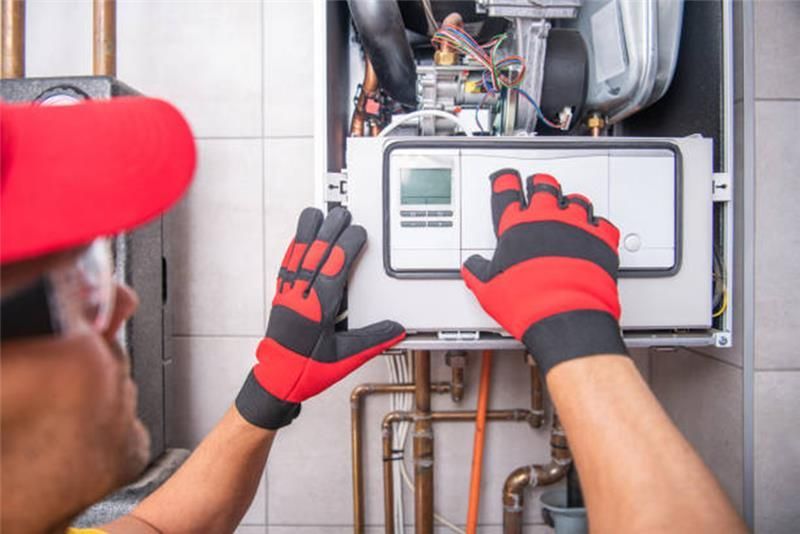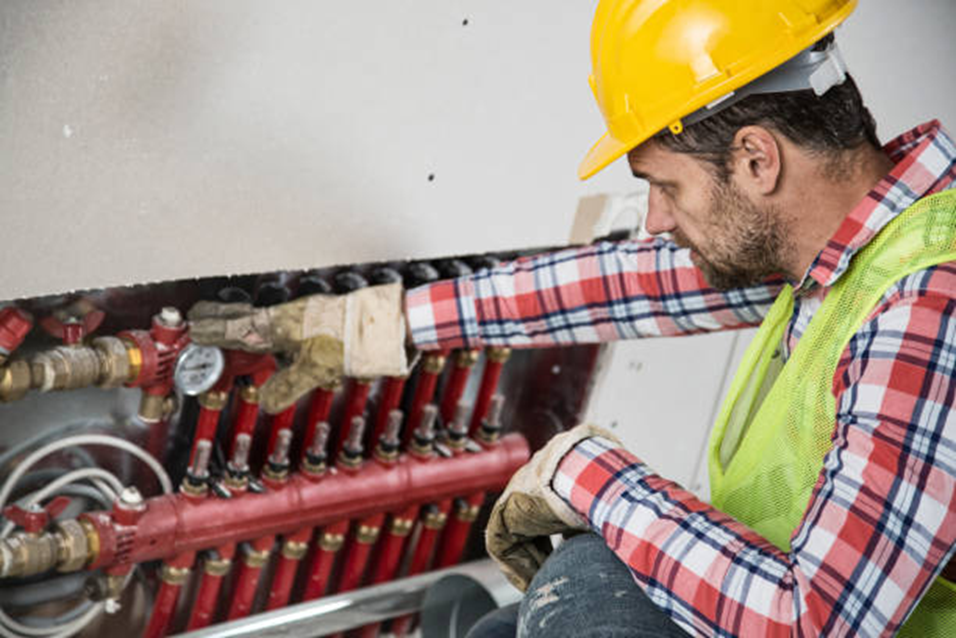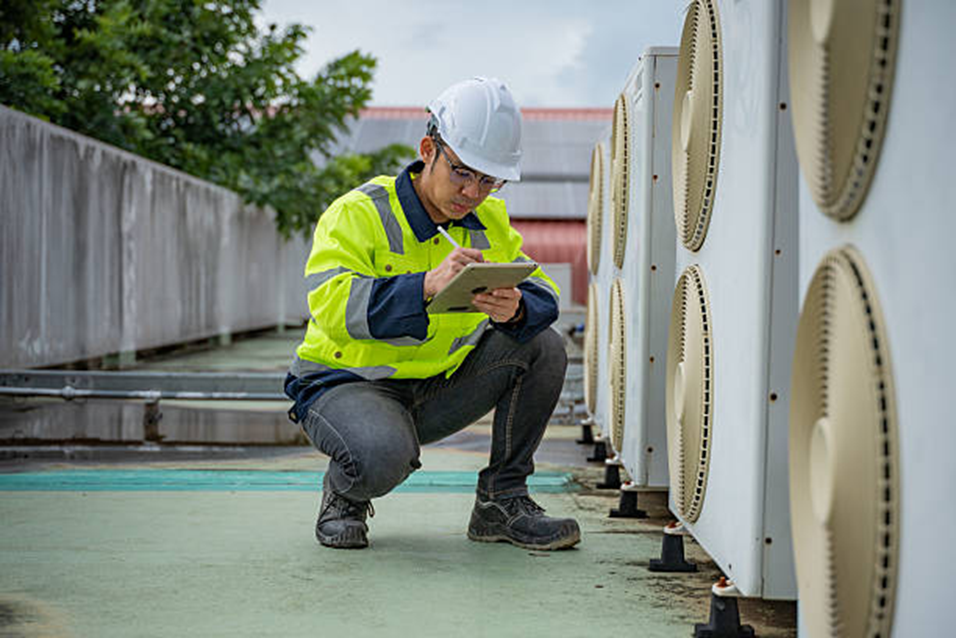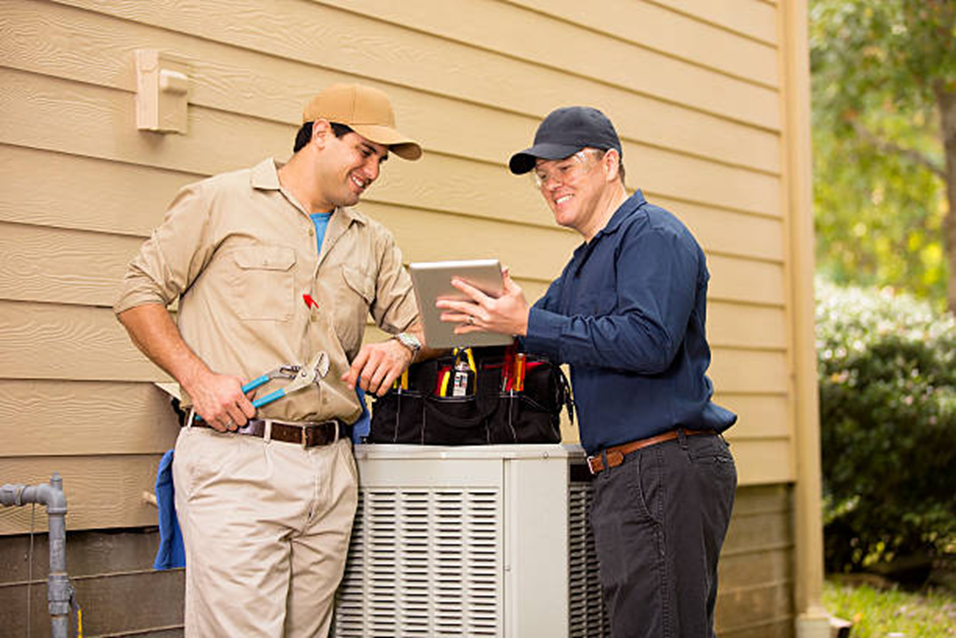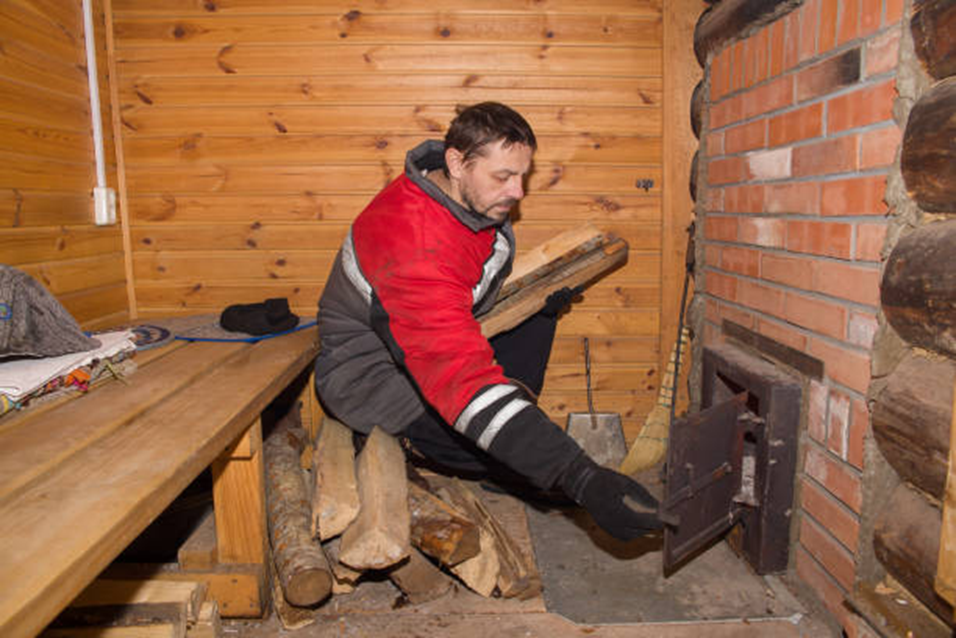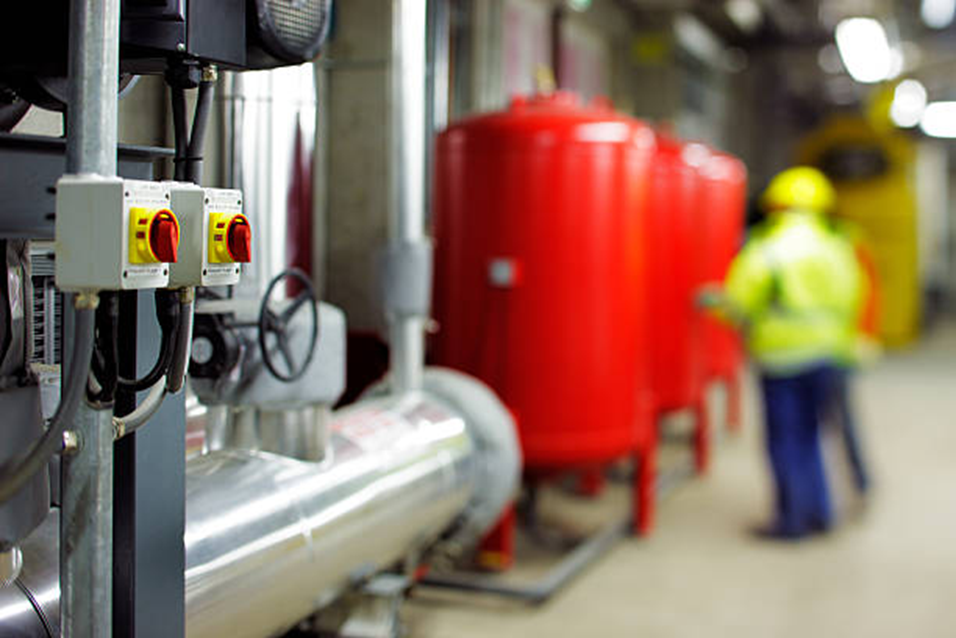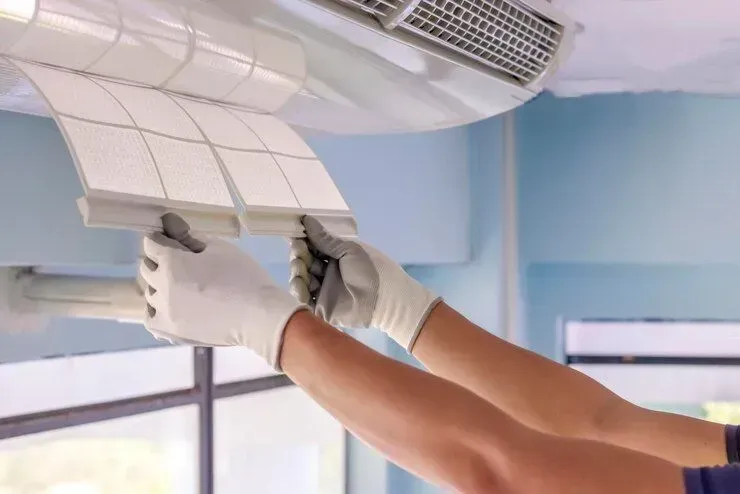HVAC Duct Cleaning: What You Need to Know
Maintaining clean HVAC ducts is crucial for ensuring optimal indoor air quality, energy efficiency, and overall comfort in your home or business. Your HVAC system circulates air through your ductwork, and over time, dust, debris, pollen, pet dander, and other contaminants can accumulate. This buildup not only affects airflow and system efficiency but can also impact the health of the occupants.
Understanding how often to clean HVAC ducts and what factors influence their maintenance schedule is key to prolonging the life of your system and improving indoor comfort. This comprehensive guide will cover best practices, benefits of cleaning, preventive maintenance tips, and professional cleaning insights.
Why HVAC Duct Cleaning Matters
HVAC ducts act as the respiratory system of your property, moving heated or cooled air to every corner. When ducts become dirty, they can harbor dust, allergens, and even mold, circulating them throughout your living spaces. This can result in decreased indoor air quality, unpleasant odors, and increased energy consumption.
Professional HVAC duct cleaning ensures that your system operates efficiently while reducing the risk of respiratory issues. By removing built-up contaminants, you protect both your HVAC system and the health of everyone in your home.
Key reasons to prioritize duct cleaning include:
- Improved indoor air quality
- Enhanced HVAC system efficiency
- Reduction of allergens and irritants
- Elimination of odors from dust and mold
- Extended lifespan of your HVAC system
Partnering with HVAC professionals ensures a thorough cleaning process using specialized tools and techniques designed to reach every part of the duct system.
Factors That Influence How Often Ducts Should Be Cleaned
There isn’t a one-size-fits-all schedule for duct cleaning. Instead, the frequency depends on several factors:
1. HVAC System Usage
Homes or businesses with frequent use of heating and cooling systems experience faster accumulation of dust and debris. High-use environments may require more frequent cleaning to maintain optimal performance.
2. Household Composition
- Pets: Homes with cats, dogs, or other furry animals often need duct cleaning every 2–3 years to manage fur and dander buildup.
- Occupants with Allergies or Asthma: Homes with allergy sufferers or individuals with respiratory conditions benefit from more frequent duct maintenance to minimize triggers.
3. Age of HVAC System
Older systems often have more wear and tear, making them less efficient. Regular duct cleaning helps maintain airflow and reduces the risk of costly repairs, especially when paired with HVAC maintenance and repair services.
4. Home Renovations
Dust and debris from construction, remodeling, or repairs can accumulate in ductwork quickly. It’s recommended to schedule a cleaning after any major renovation project.
5. Signs of Mold or Pests
If there is visible mold growth or evidence of pests in your ductwork, immediate cleaning is necessary to prevent further contamination.
Recommended HVAC Duct Cleaning Schedule
While every property has unique needs, industry experts typically recommend a cleaning schedule as follows:
Household/Property Type
Suggested Cleaning Frequency
Notes
Standard home/business
Every 3–5 years
Suitable for routine maintenance
Homes/businesses with pets
Every 2–3 years
Helps manage fur and dander
Properties with allergy sufferers
Every 2 years
Improves air quality and reduces allergens
After renovations
Immediately
Removes dust and construction debris
Presence of mold or pests
As needed
Requires immediate professional attention
Adhering to these recommendations ensures clean, efficient, and safe airflow throughout your property.
Benefits of Regular HVAC Duct Cleaning
Cleaning HVAC ducts regularly offers significant advantages:
- Enhanced Indoor Air Quality: Reduces allergens, dust, and airborne pollutants.
- Energy Savings: Clean ducts improve airflow, allowing HVAC systems to operate efficiently and lower energy bills.
- Prolonged System Lifespan: Less strain on the system decreases wear and tear, minimizing repair needs.
- Odor Removal: Eliminates musty or unpleasant odors caused by mold, dust, or pests.
- Consistent Comfort: Ensures that heated or cooled air reaches all areas evenly.
Engaging professional services like Long Island HVAC Systems ensures these benefits are maximized through thorough, certified cleaning processes.
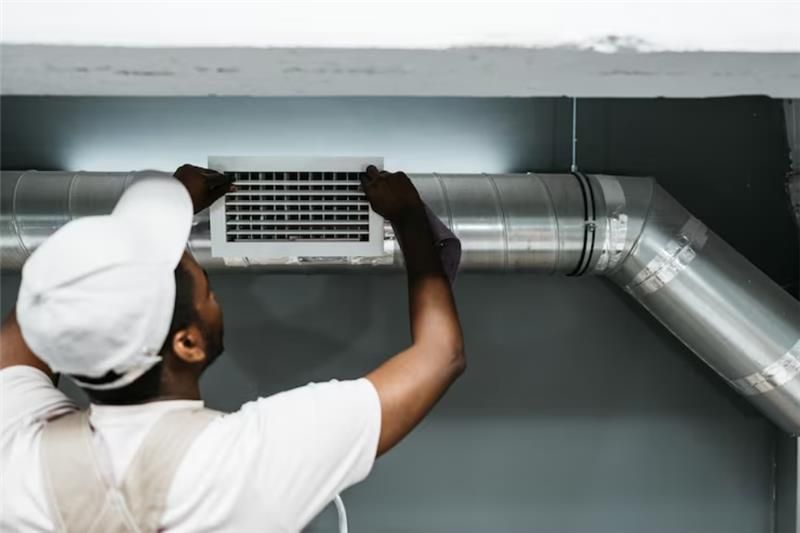
Signs Your HVAC Ducts Need Cleaning
You don’t need to wait for a set schedule to determine if duct cleaning is required. Look for the following signs:
- Dust accumulation: Excessive dust around vents and registers may indicate buildup within ducts.
- Airflow issues: Weak or inconsistent airflow throughout the property.
- Unpleasant odors: Persistent musty smells can indicate mold or dust accumulation.
- Increased allergies or asthma symptoms: Poor air quality can trigger health issues.
- Rising energy bills: Blocked or dirty ducts force the system to work harder.
If any of these signs appear, consider scheduling a professional inspection with an HVAC technician.
The Professional Duct Cleaning Process
Professional duct cleaning follows a systematic process to ensure thorough results:
- Initial Inspection: Technicians use cameras or visual inspections to assess duct conditions.
- Preparation: Vents and registers are sealed, and a powerful vacuum system is connected.
- Debris Agitation: Brushes or compressed air loosen dust, dirt, and debris.
- Vacuum Extraction: Industrial vacuums remove contaminants from ducts.
- Sanitization: Antimicrobial treatments may be applied if mold or bacteria are detected.
- Final Check: The system is re-inspected to ensure cleanliness and optimal performance.
Professional services like Long Island HVAC Systems utilize advanced equipment for effective, safe, and thorough cleaning.
DIY Maintenance vs Professional Cleaning
While routine maintenance can help, professional cleaning offers a more comprehensive solution.
Task
DIY Option
Professional Option
Air filter replacement
Monthly replacement
Verified high-quality filter installation
Vent cleaning
Dust and vacuum
Complete system cleaning with specialized tools
Mold inspection
Limited visual check
Advanced cameras and testing
Sanitization
Not recommended
Certified antimicrobial treatment
DIY efforts help maintain cleanliness but cannot match the depth and precision of a professional service. Regular professional cleaning complements your routine maintenance efforts.
Energy Efficiency and HVAC Duct Cleaning
Dirty ducts reduce airflow and force your HVAC system to work harder. Benefits of regular cleaning include:
- Lower energy bills
- Reduced equipment strain and fewer repairs
- Longer HVAC system lifespan
Pairing regular duct cleaning with HVAC repair or maintenance ensures your system operates efficiently year-round.
Preventive Maintenance Tips for HVAC Ducts
To keep your ducts cleaner for longer, consider the following preventive practices:
- Replace air filters regularly (every 1–3 months)
- Keep vents and registers free from dust and blockages
- Seal duct leaks to prevent dirt from entering
- Dust and vacuum living spaces frequently
- Schedule annual inspections with an HVAC professional
Implementing these steps reduces the need for frequent cleaning and prolongs HVAC system efficiency.
Ductless HVAC Systems
Ductless heating and cooling systems offer an alternative to traditional ductwork. Ductless systems are easier to maintain since there are no ducts to accumulate dust and debris, providing efficient temperature control with minimal upkeep.
Frequently Asked Questions (FAQs)
How often should HVAC ducts be cleaned?
Most homes or commercial properties benefit from cleaning every 3–5 years, though pets, allergies, or recent renovations may require more frequent attention.
What are the signs of dirty ducts?
Dust around vents, musty odors, uneven airflow, and higher energy bills are common indicators.
Can dirty ducts affect health?
Yes, they can circulate allergens, dust, and microbes, potentially exacerbating allergies or asthma.
How long does professional duct cleaning take?
Depending on the property size, cleaning usually takes 3–5 hours.
Are professional duct cleaning services worth it?
Yes, they improve air quality, energy efficiency, system longevity, and overall comfort.
Conclusion
Regular HVAC duct cleaning is an essential component of home or commercial property maintenance. By cleaning your ducts every 3–5 years—or more often if conditions require—you can improve indoor air quality, increase energy efficiency, and extend the life of your HVAC system.
Key Takeaways:
- Watch for dust buildup, odors, and inconsistent airflow as indicators for cleaning.
- Preventive maintenance, such as filter changes and inspections, reduces cleaning frequency.
- Professional cleaning provides thorough results, enhancing both comfort and system efficiency.
- Ductless systems offer a low-maintenance alternative.
For expert duct cleaning, maintenance, or repairs, consult trusted HVAC professionals to ensure your system operates efficiently and safely.
